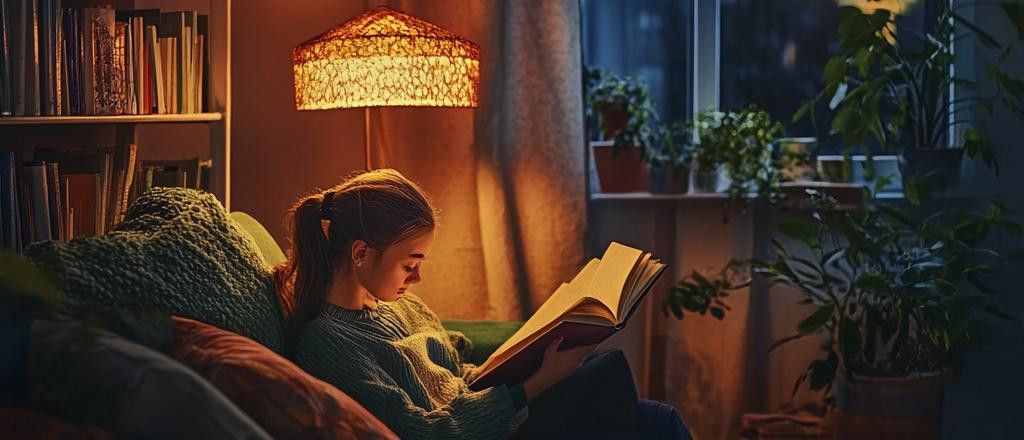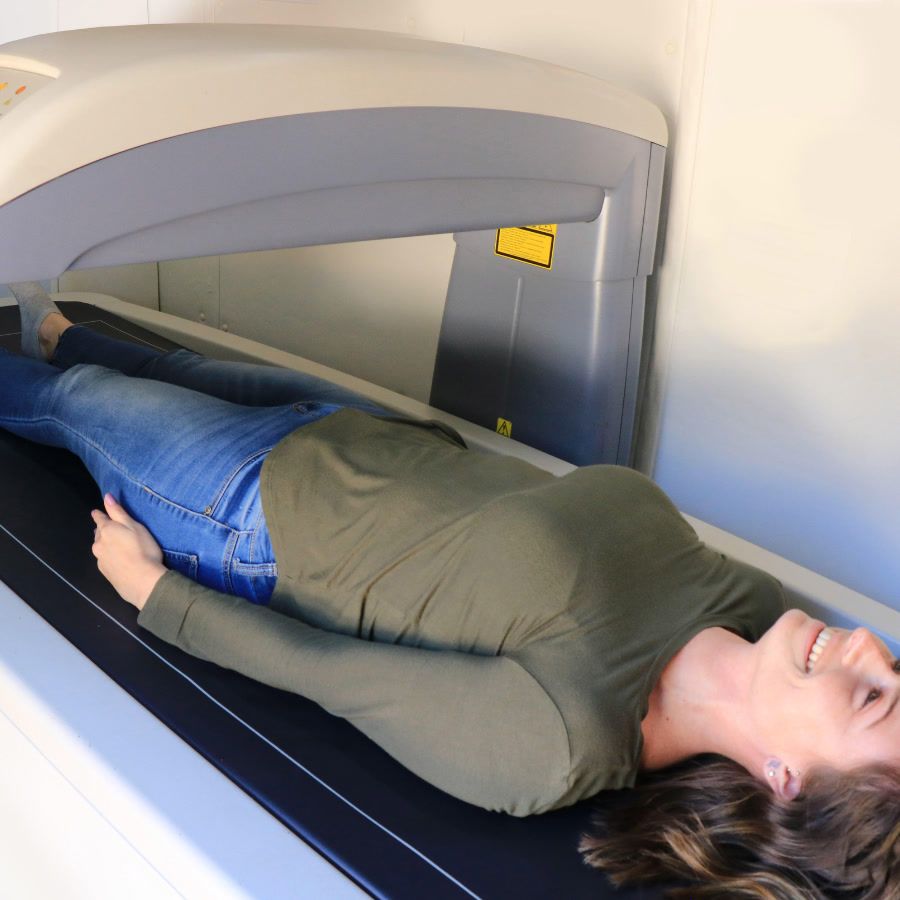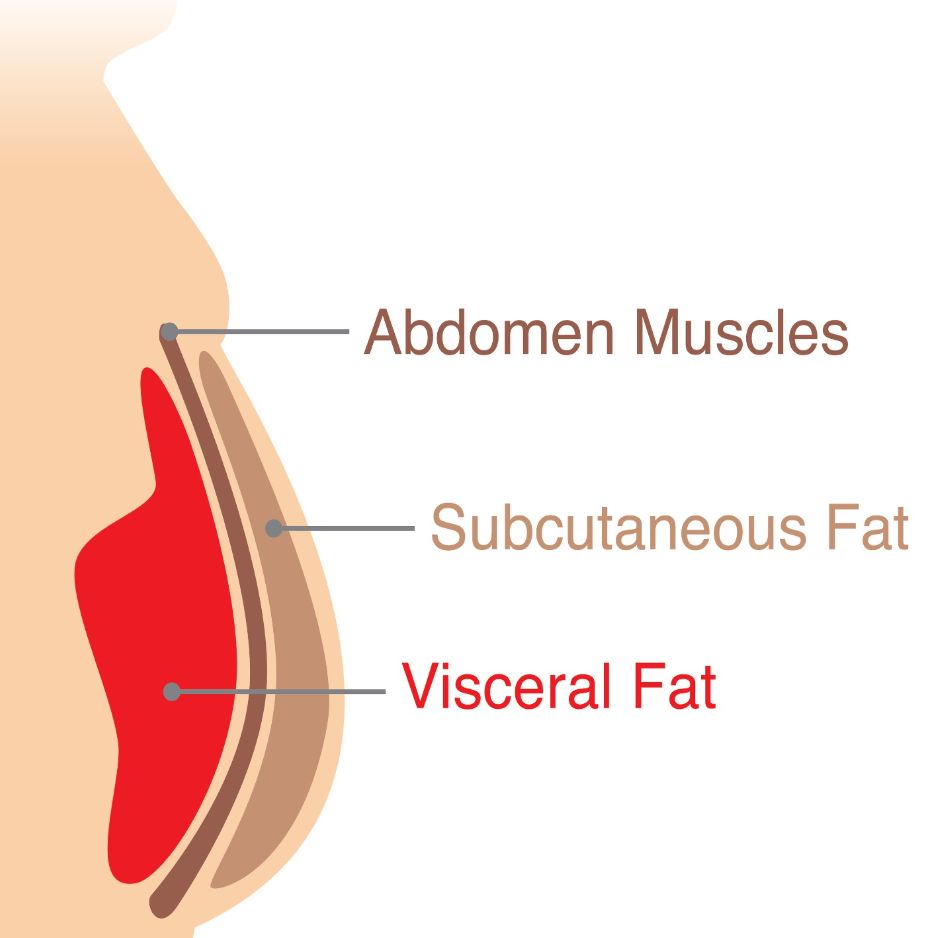# The Impact of Screens on Sleep
Screens are around us in this modern digital era. From smartphones and tablets to computers and TVs, they constantly emit blue light that surrounds us daily. Even though these devices have certainly made our lives easier in ways, there is a downside to consider as well: the possibility of disturbing our sleep patterns and recovery processes. By grasping the impact of light exposure on our body's internal clock and adopting methods to reduce such exposure, we can potentially improve our quality of sleep and enhance our overall health and wellness.
## Understanding Blue Light
Blue light is a form of light found in the light spectrum with a short wavelength and high energy output that impacts our sleep patterns through natural sunlight exposure but can disrupt our body's natural rhythms with excessive artificial light exposure. Throughout the daytime period, we benefit from being exposed to light as it helps us stay attentive and alert, which is important for keeping us focused and energized during waking hours. There's a shift in our body's response as daylight dwindles; the diminishing light triggers the production of melatonin—a hormone for inducing sleepiness and preparing us for rest.
<x-image-1 />
## The Effects of Late-Night Screen Usage
Using gadgets late at night can be troublesome because the blue light they emit tricks our brains into believing it's still daytime. This trickery can hinder melatonin production and lead to difficulties in falling asleep and maintaining a restful slumber. Consequently, our sleep quality declines, leaving us feeling less rejuvenated the next day. In the long run, poor sleep patterns can impact our emotional well-being, cognitive abilities, and overall physical health.
## Strategies to Reduce Blue Light Exposure
Thankfully, there are methods we can use to reduce our exposure to blue light and enhance our sleep quality. One helpful tactic is to cut down screen usage to bedtime hours. Try not to use gadgets an hour before your intended sleep time. Instead, focus on calming activities like reading a book, listening to music, or even practicing meditation.
If you can't stay away from screens completely, take a look at using light filters or applications that lower the blue light emitted by your devices. Several smartphones and computers nowadays have settings that let you change the screen to warmer tones in the evening. Also, wearing light-blocking glasses can lessen your exposure, making a difference, particularly if you have tasks on a computer or watch TV at night.
## Creating an Ideal Sleeping Environment
Creating a sleeping space can have a significant impact as well. Ensure your bedroom is dimly lit and at a temperature that enhances your sleep quality. You may want to use curtains to eliminate outside light and prioritize a cozy mattress and pillows. Maintaining a sleep routine by going to bed and waking up around the same time every day can assist in regulating your body's internal clock.
## Conclusion
By integrating these methods into your schedule, you can bring notable enhancements to your sleep and recuperation process. Being aware of the effects of light exposure and making efforts to reduce its influence can help uphold your body's inherent cycles and provide you with more peaceful nights. As our dependence on technology grows, it becomes essential to strike a harmony that enables us to make use of these advancements while safeguarding our well-being. Placing importance on maintaining sleep habits is a vital step in attaining this equilibrium and enriching our overall well-being.



